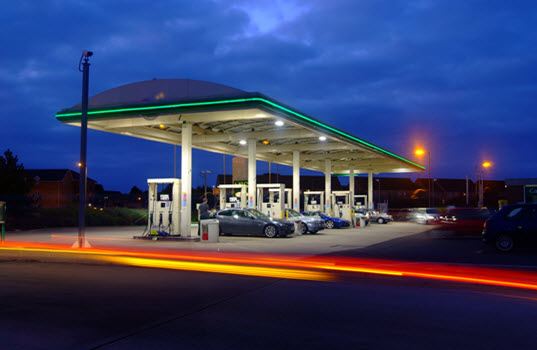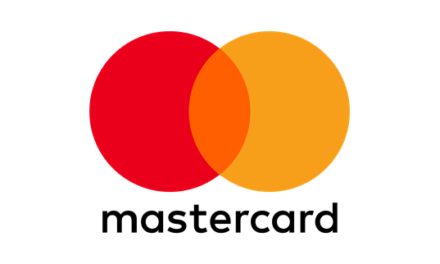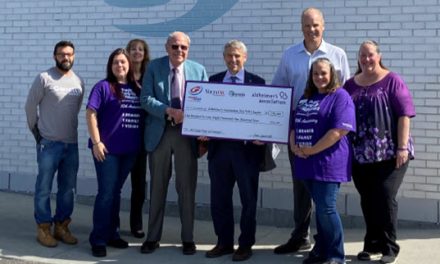By Michael Johnson, TLM Technologies
Disruption has come into the retail fuel and convenience market before. Today there are many promises made around “omnichannel”, “big data and AI”, “frictionless payments”, fuel pricing software, and other advancements, some of which have come and gone over the years. Often, we become cautious in the face of adversity and change.
Don’t get me wrong, being careful about new technologies and processes is an essential part of doing business. With at least 80 percent of c-store revenue coming from fuel sales (NACS average 2017), c-store owners should want fuel analyst to be careful. But is careful enough? From gathering sufficient information to make the best decisions, to ensuring accuracy and leveraging the best data, and getting input from experts—being careful is essential to making the best decisions for your c-store. However, while being careful is necessary for improvement it is not enough to make major advancements.
Consider, for instance, healthcare. Perhaps accuracy and care are nowhere more necessary than with the surgeon in the operating room—leveraging checklists to ensure precision and every member of the team consistently reviewing the patient’s wristband before a surgical procedure. Ensuring accuracy is imperative, especially if it is you or a loved one being operated on. At the same time, innovative systems, processes, and technologies are also vital to manage disease, ensure less invasive surgeries, and maintain optimal health.
In numerous other industries, disruption has propelled innovation. Consider Uber, forever changing how we “hail a cab,” to how we have gone from getting up to change the TV channel and fixing the rabbit ears to each of us having our own personal, virtual world of entertainment via smart phone.
Innovation requires thinking outside the box and going beyond traditional processes to make quantum leaps. It is not until companies look beyond traditional processes that true gains are often found.
An example of this comes to mind. Years ago, consulting with a major fuel retailer, we tried to slow things down, look more closely, spend more time on every fuel pricing decision to find incremental profit gains. The thinking was if we looked at the data more closely and carefully, we could make small incremental gains. And it was true, we were able to capture opportunities that had previously gone overlooked. After three months, we had made small gains. But, we knew that with the same delayed data, and a one-by-one look at each location, we were still leaving money on the table and additional gains could be made.
This time, we put the client’s IT team through flaming hoops to obtain more timely data from head office systems. We now had yesterday’s data, from midnight on, in front of us by 6 a.m. We pushed operations at stores to collect competitive data earlier and committed to delivering all price changes to them by 9 a.m. Half of our price changes were done by 8 a.m. Or so we thought. While our fuel pricing decision-making had improved (we were being more meticulous with the data), we still were using the same processes and, therefore, still lacked execution prowess to make larger gains. Would operations eventually catch up as we raised expectations? Or was the morning rush of customers during early day rush hour keeping us from the fuel profits we were working so hard on? Even in manually assessing and combing through all this great data, we still had several unanswered questions.
Then, we got smart and changed the system.
Instead of having separate teams try to orchestrate our desired result, we brought in software to automate mundane tasks that were roadblocks to the effectiveness of our pricing strategy. We set up automated data feeds (not just daily, but hourly), stopped collecting competitor price changes manually from field operations and purchased the data feed four times a day. We integrated in-ground fuel levels and costs with daily replacement fuel costs, so we could keep a closer eye on the market throughout the day and not just late every afternoon from an email we received. Next, we put more effort on the data than two guys ever could. We let the computers compute this vast amount of information. We asked questions of the data that we could never come up with on our own and started to get hourly answers that changed the game for us!
We were able to work with our client and vendor to supply a connected environment within our network and the cloud to deliver our “best price” strategy all the way to the POS, pumps and signs (the customer). And not only a connected environment, but one that logged each step of the process, enabling us to find the log jams and know if the price was actually in front of our customers or delayed. We now had a way to calculate the effectiveness of our strategy, and retired the old adage, “If we are losing a few gallons to a high price, we are probably making it up in margins” as a result.
The result of the new system? We not only increased fuel profits, that were measurably well above industry top quartile, but also increased customer foot traffic and in-store sales. Technology helped us to push the limits, to examine data millions of times faster than the human brain, to build game-changing processes to make larger gains.
Today, with artificial intelligence and machine learning, the stakes are even higher. How might big innovations in technology help you to increase sales, revenue, opportunities to determine:
- How do consumers view, and expect you to typically price for, your brand?
- Where do you actually price most often—at the top, middle, bottom of the market?
- Where does the competition most often price and what are some of their leading tactics?
- What opportunities and anomalies should you be taking advantage of?
- What could happen if you continue to stay in “your pricing lane” or try something different, “change lanes” and price more or less?
- How will emerging competition/weather/traffic/construction impact your business?
- Could you create a “price war”?!
The possibilities are endless.
It’s true; we need to put care into our systems to build checklists and peer review and resilience into them. These processes are necessary to help to reduce errors. Simultaneously, having good data alone is essential, but not enough. Careful will not lead to greatness. True innovation requires looking outside of the box to make incremental gains in the paradigm you work in. Instead of reacting to an error with, “I need to be more careful,” we can respond with, “I can build a better system.”
Success can be found in the risks taken on with new processes, new systems, and embracing disruption. It is with this disruption that, often, the biggest advances are made. If it matters enough to be careful, it matters enough to build a better, more innovative system.
Michael Johnson is vice president of North American operations at TLM Technologies, a provider of a next-generation, cloud-based POS, back office, fuel pricing, and head office application suite called “evolution” that delivers a measurable competitive advantage to convenience stores, online at https://tlm-tech.com. It is used at 750+ convenience stores coast-to-coast in the U.S. and thousands of locations worldwide. He can be reached at [email protected]









